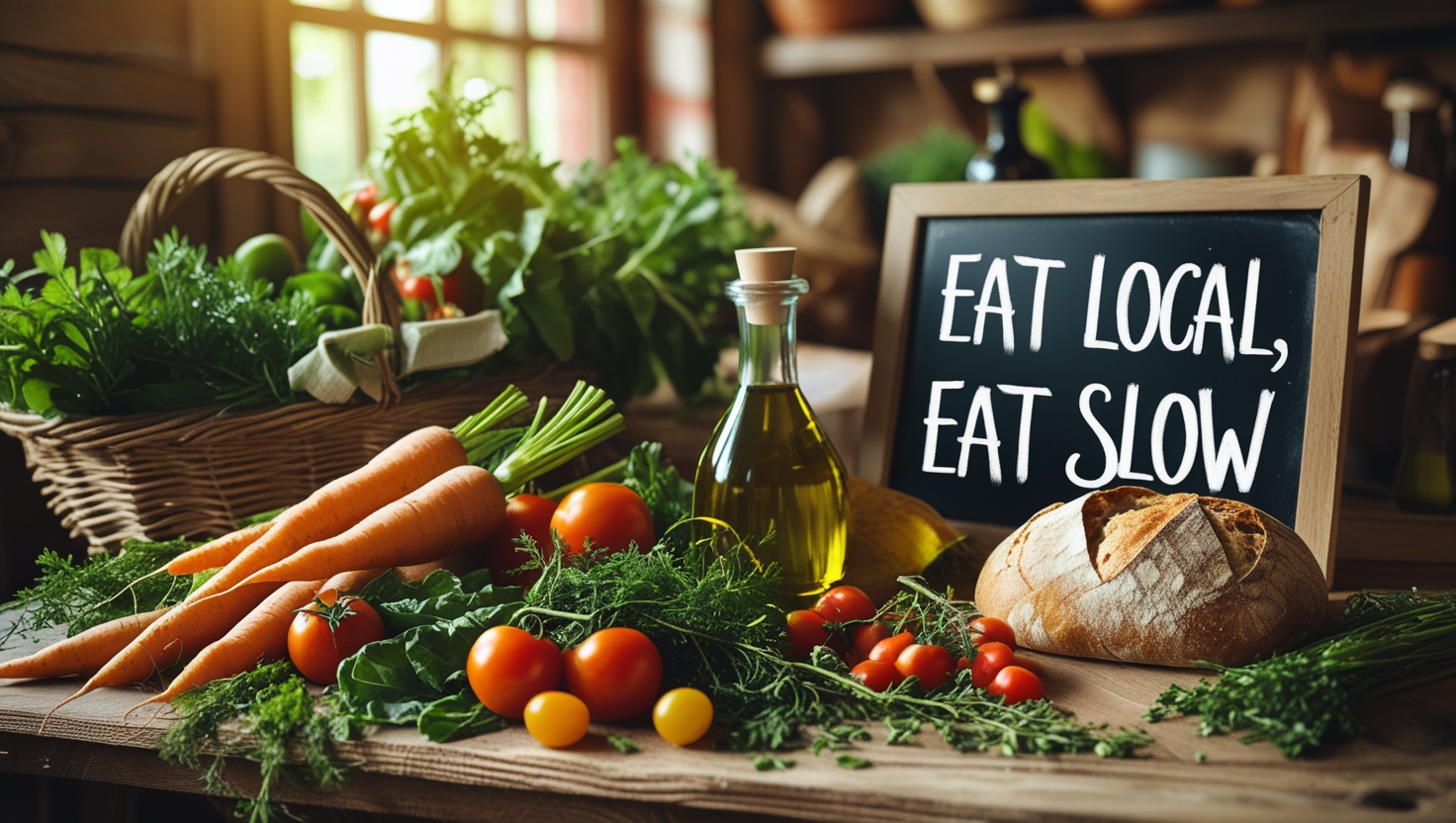In today’s fast-paced world, it’s easy to grab a quick meal on the go—fast food, microwave dinners, and packaged snacks have become the norm. But a growing number of people are starting to rethink this approach. They’re turning to something simpler, healthier, and more meaningful: slow food.
The slow food movement is about more than just eating slowly. It’s a way of life that values local, seasonal ingredients, traditional recipes, and sustainable farming. It stands in contrast to the fast food culture, which often prioritizes convenience over nutrition, flavor, and environmental impact.
Let’s explore why slow food is on the rise—and why it matters more than ever.
What Is Slow Food?
The term “slow food” started in Italy in the 1980s as a protest against the opening of a fast-food chain near a historic site in Rome. Today, it’s a global movement that promotes food that is:
-
Good (fresh, flavorful, and nutritious)
-
Clean (produced in a way that doesn’t harm the environment)
-
Fair (accessible prices for consumers and fair conditions for producers)
In other words, slow food is about choosing quality over speed. It’s about reconnecting with where our food comes from, how it’s made, and how it affects our bodies and the planet.
Why Eating Local Matters
One of the key principles of slow food is eating locally grown produce and locally made products. Here’s why that’s important:
1. Fresher Food
Local food is often harvested at its peak and sold quickly—sometimes on the same day. That means it’s fresher, tastier, and more nutritious than food that has traveled thousands of miles.
2. Supports Local Farmers
When you buy local food, you’re supporting small farmers and local businesses. This helps strengthen your community’s economy and keeps farms alive and thriving.
3. Reduces Environmental Impact
Food grown nearby doesn’t need to be flown or shipped long distances, which lowers its carbon footprint. Plus, many local farms use fewer chemicals and more sustainable growing practices.
Why Seasonal Eating Matters
Eating with the seasons means choosing fruits and vegetables that are naturally ripe at a particular time of year in your area. Here’s why it’s a smart choice:
1. Better Taste
Seasonal produce is grown under natural conditions and picked when ripe, which makes it taste better and more vibrant.
2. More Nutrients
Fruits and veggies lose nutrients over time. When you eat produce that was just harvested, you get more vitamins and minerals.
3. More Variety
Each season brings different foods, which encourages you to eat a wider range of nutrients throughout the year.
4. Lower Costs
When food is in season, it’s more plentiful and doesn’t require special growing conditions—meaning it’s often cheaper to buy.
The Cultural Side of Slow Food
Slow food also celebrates food traditions and cultural heritage. It values family recipes, homemade meals, and shared dining experiences. In many ways, it encourages us to slow down and enjoy the process of cooking and eating together.
This connection to food culture can also bring people closer together—through farmers’ markets, cooking classes, or simply sitting down for a homemade dinner with loved ones.
How to Start Eating Slow
You don’t have to grow your own food or cook every meal from scratch to embrace the slow food lifestyle. Here are a few simple ways to get started:
-
Shop at farmers’ markets or local co-ops
-
Cook at home more often using whole ingredients
-
Buy seasonal produce—check what’s growing in your area
-
Avoid ultra-processed foods
-
Learn traditional recipes from your family or region
-
Eat mindfully—turn off the TV, chew slowly, and enjoy each bite
Even small changes can help you build a healthier and more rewarding relationship with food.
Why It Matters
In a world facing climate change, obesity, and rising food costs, slow food offers a path toward better health and a more sustainable planet. It helps preserve biodiversity, supports ethical farming, and encourages thoughtful consumption.
But it’s also about pleasure—the joy of cooking a fresh meal, the satisfaction of eating something grown nearby, and the comfort of sharing food with others.
Final Thoughts
The rise of slow food is a reminder that fast isn’t always better. By choosing to eat local, seasonal, and sustainable foods, we not only improve our own health, but also support our communities and protect the environment.
So next time you sit down to eat, take a moment to appreciate what’s on your plate—and the journey it took to get there. Slow food isn’t just about eating better. It’s about living better, too.





